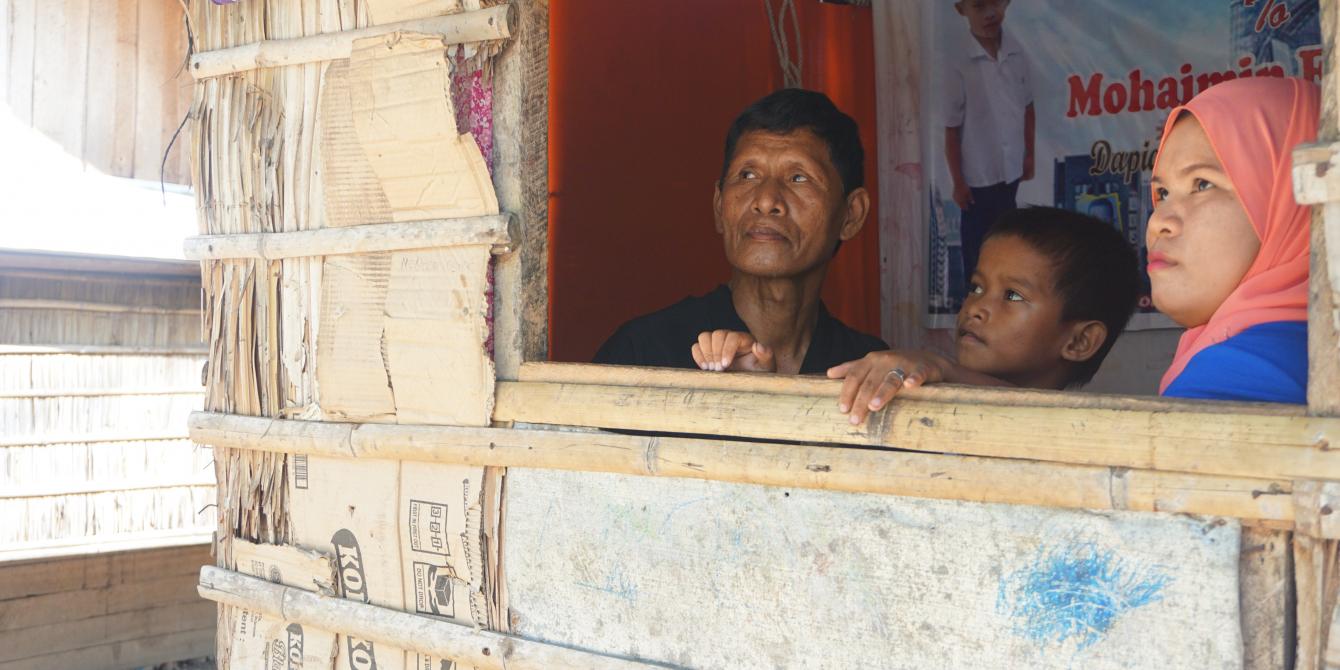Maguindanao is a Forgotten Crisis

When a humanitarian emergency fades from the headlines there is a tendency to forget that many people displaced by armed conflict continue to face difficulties and uncertainties to survive. This World Refugee Day, just like many days before, we stand together with thousands of internally displaced families who remain in need due to conflict in Maguindanao. Their situation is compounded by vulnerability to various hazards, like typhoons, flash floods, and landslides. As aptly classified by the European Commission, the Maguindanao conflict is a “forgotten crisis.”
Latest figures from the Bangsamoro Autonomous Region in Muslim Mindanao (BARMM) Humanitarian Emergency Assistance and Response Team (HEART) show that there are at least 50,720 people displaced in Maguindanao. Experience tells us that this is a conservative estimate. Rapid mobility of families forced to flee their homes due to armed conflict and the lack of grassroots protection monitors to track their movements have proven time and again to be barriers to locating those who need help the most. Further, the displacement is cyclical and protracted. This means many families are forced to alternate between living in informal camps, evacuation centers, or with community hosting – most of which are not fit for purpose.
Constant artillery shelling has been reported by the communities we work with as a major threat to their lives and deterrent to finding dignified shelter solutions. Individuals without legal identification documents cannot access humanitarian assistance. Their choices are severely limited and they would have to endure living in the poorest conditions without access to food, clean water and sanitation services, and safe and dignified shelter.
The situation is particularly dire in the area the military refers to the SPMS Box, which includes the contiguous towns of Salibo, Pagatin, Mamasapano, and Shariff Aguak. Military-imposed restrictions and law enforcement operations have limited access to some areas inside the Box. Conflicts between the government and armed groups, and between clans, have created a climate of fear and insecurity. The crisis hurts women and girls the most.
Oxfam and its partners have been providing aid in the form of food, water and sanitation facilities, emergency shelter, and protection. We have learned crucial lessons along the way.
A significant step forward would be addressing monitoring gaps and easing registration procedures so that displaced families and individuals can more easily access humanitarian assistance. This would mean significant investments in mobilizing trained protection monitors, who can assist in identifying the needs and concerns of the internally displaced, as well as accurately tracking their movements. This can be done by increased collaboration between various humanitarian actors, including the government, the private sector, and non-government organizations.
Collaboration, however, is not enough without laws and policies in place that go over and beyond defining the structures, roles, and obligations of response actors.
Consistent with the principles enshrined in the Philippine Constitution, the International Humanitarian Law, including the UN Guiding Principles on Internal Displacement, a national policy that details all the rights and entitlements of internally displaced people and provides mechanisms for their protection is urgently needed to adequately and systematically respond to the forgotten crisis endured by displaced families in Mindanao due to conflict. At the moment, there are several bills aiming to protect and promote the rights of internally displaced persons languishing in both houses of Congress.
Evacuation should not be a way of life. We need to put displaced people at the front and center of our legislative action in order to respond effectively to the many forgotten crises of our time.

 Follow us on Facebook
Follow us on Facebook Instagram
Instagram Follow us on Twitter
Follow us on Twitter LinkedIn
LinkedIn